You have no items in your shopping cart.
Wine Pommard
-
Top Selling
-
Top Selling
-
Top Selling-17%
- -20%
- -17%
- -20%
- -20%
- -20%
- -20%
- -20%
- -20%
Pommard is a World Heritage Site
The viticultural history of the Côte de Beaune is said to have begun in the 2nd century BC but it was in the Middle Ages that the vineyard developed under the impetus of the seigneuries, ecclesiastical structures and bourgeois families. In the 15th century, the "wines of Beaune" made the brand image of the Duchy of Burgundy, extended to Amsterdam. The wine trade was mainly to northern Europe.
In the 18th century, the first négociant-breeders made their appearance and contributed greatly to the building of the reputation and trade of the "wines of Beaune". The gain in reputation induced a strong financial valuation of the land which after the French Revolution would lead to the fragmentation of the land still visible today. The wines of Pommard will already stand out due to their more sustained structure and colour.
At the end of the 19th century, the phylloxera crisis was to hit the Burgundian vineyard and thus impose a reconstruction of it. Following the overproduction crisis of 1920, the need for the producers of Pommard to protect their territory and its limits seemed essential. In 1922, they created the syndicat de défense de l'appellation. In 1926, a first judgement defined the Pommard appellation and delimited the production area to the village of Pommard alone. The 1932 judgement specifies that only parcels in this production area planted with Pinot are entitled to the appellation. The AOC Pommard was recognised by the INAO in 1936 and the list of climates classified as premier cru was recognised in 1943. The list of premiers crus evolved in 1982.
In 2015, the climats of Burgundy are registered as World Heritage of Humanity by UNESCO.
The Avant Dheune valley is the source of the geological diversity of the Pommard AOC
The AOC Pommard is located in the Côte de Beaune between Beaune and Volnay. This appellation of approximately 340 ha is delimited on the West by the plateau of Hautes Côtes and on the East by the plain of Bresse. The commune of Pommard is divided into three parts by the Avant Dheune valley (facing E/W), a northern slope, a southern slope and the plain to the east of the village.
The northern slope brings together three types of geological soil. At the foot of the hillside, the soil is clay and marl. Here we find the first growths like "Les Petits Epenots" and "Les Grands Epenots". At mid-slope, there are soils with a marl-clay tendency, rich in iron oxide which will give them a reddish-brown colour that contrasts with the brown lower slopes. This part of the hillside concerns the first growths such as "Les Arvelets" or "En Largillière". The top of the hillside has very thin soils where limestone and marl alternate. These limestone slopes are very hard. They are the terroir of the AOC Pommard, there are climates such as "La Chanière" or "Les Noizons". The location of the slope gives the different climates very diverse exposures that range from East to West through a southern exposure.
As for the South slope, it presents plots of land mainly exposed to the North with the premiers crus implanted on the South/South-East exposed lands. The geological division of the soils is similar to that of the northern slope. At the foot of the hillside the soils are established on alluvial terraces with a clay-limestone tendency. At mid-slope the soils are almost identical to those of the northern slope. The difference comes from the existence of a basin on the climates "Les Chanlins" and "Les Rugiens". The soils there are made up of stony debris due to the erosion of the overlying reliefs. The soil on the top of the hillside is identical to that on the northern slope.
Finally, to the east of the village, there are deep soils rich in clay and gravel alluvium linked to the erosion of the overlying soils. On these soils lie the plots of Pommard village. The climate is cool oceanic, moderated by continental influences, southern and the presence of the reliefs of Morvan and the plateau of Hautes-Côtes. The seasons are thus well marked and the temperatures remain reasonable.
Pommard is a wine of unequalled finesse
.The red wines of Pommard are made from Pinot Noir, a grape variety indigenous to Burgundy. The colour is deep. The nose presents aromas of red fruits such as redcurrant or cherry, black fruits such as blackberry, blueberry or prune. With ageing the aromatic bouquet will tend towards tertiary aromas of animal, leather, cocoa and sometimes even pepper.
The wines from the lower parcels of the village have a firm attack and a nice amplitude. The wines from the northern parcels of the village have a powerful mouthfeel with good length. The common characters are structure and elegance. They are wines for laying down and even for great ageing.
What dishes can match a Pommard?
The characteristics of a Pommard allow it to pair with game with fur or feathers, beef steak, lamb or poultry stew. The structure of these wines allows us to enjoy them with racy cheeses such as epoisses, langres, soumaintrain or mature comté.
The great vintages of AOC Pommard
The great vintages for AOC Pommard are 1928, 1929, 1937, 1947, 1953, 1959, 1966, 1969 and 1978. Closer to home we can note 1999, 2005, 2009 and 2015.
The great domains of the Pommard appellation
The De Courcel estate
Domaine De Courcel is located in Pommard, this family estate is one of the unavoidable domains of the Côte d'Or. They vinify, under the wise advice of Yves Confuron, 4 first growths of Pommard including in monopoly "Le Grands Clos des Epenots", 1 pommard village and 2 regional burgundies. They practice organic farming on the entire estate with excellence as the watchword in both the vineyard and the cellar.The Domaine du Comte Armand
The Domaine du Comte Armand is also one of the appellation's leading names. Indeed, this estate is the sole owner of the "Clos des Epeneaux". This 10 ha estate also owns parcels on the appellations of Auxey-Duresses and Volnay. Taken over by Paul Zinetti since 2014, the estate tends to produce fine and elegant wines.Blagny
Burgundy Rosé
Burgundy-Côte-Saint-Jacques
Burgundy-Côtes-du-Couchois
Burgundy-Coulanges-la-Vineuse
Burgundy-Épineuil
Burgundy-Grand-Ordinaire
Burgundy-Hautes-Côtes-de-Beaune
Burgundy-Hautes-Côtes-de-Nuits
Burgundy-Vézelay
Crème de fruits
Criots-Bâtard-Montrachet
La Tache
Liqueur
Mâcon Supérieur
Mâcon-Bray
Mâcon-Chaintré
Mâcon-Cruzille
Mâcon-Vergisson
Mazoyères-Chambertin
Pouilly-Loché
Romanée-Saint-Vivant
Ruchottes-Chambertin
Vin de Pays de Sainte-Marie-la-Blanche
Vin de Pays des Coteaux de l'Auxois




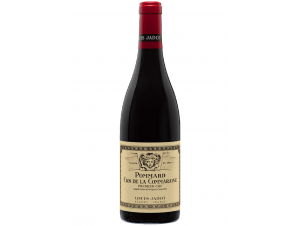

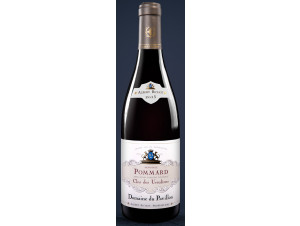










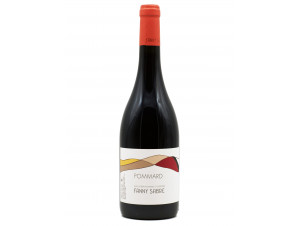


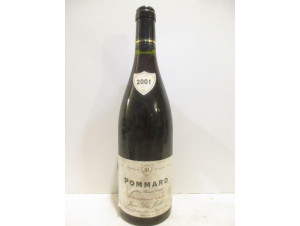


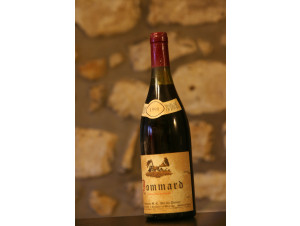









 TWIL - Achat de Vin
TWIL - Achat de Vin


